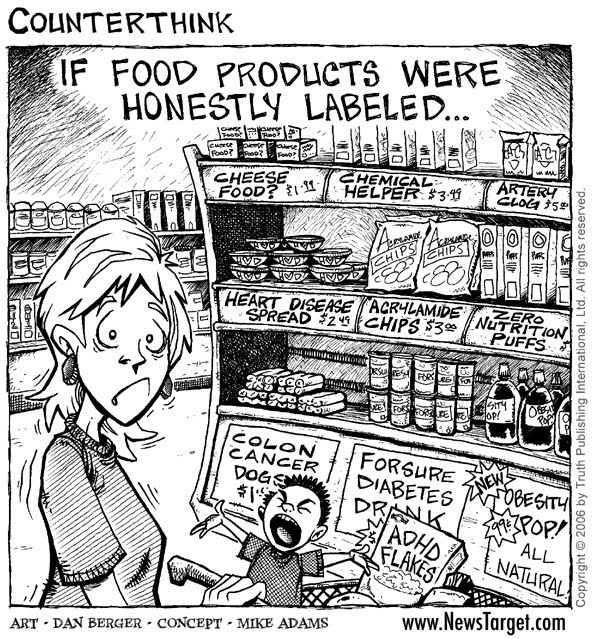Like Mom Says, "Read the Ingredients" – What's Really Inside of Your ETF
“Check the label to see if it’s hydrogenated or has any words you can’t pronounce.” That is what Mom always said as we shopped through the grocery store together. This was back in 2003 before anyone knew what hydrogenated meant, looked for the organic option, or reflected on what a processed food really was.
Fortunately, my parents were ahead of what has turned into a massive movement for local, organic, and accurately labelled food. They taught me to maintain a healthy amount of skepticism with regards to how food companies label their foods. For good reason, too. It turns out the food companies were feeding us crap for years without anyone noticing. So, what does this have to do with investing? A lot, actually.
Index Funds:
According to Investopedia, “An index fund is a type of mutual fund with a portfolio constructed to match or track the components of a market index, such as the Standard & Poor’s 500 Index (S&P 500).” In short, an index fund is a low-cost way to invest in several different companies in a specific market sector. They are the “safest” way to invest in the general stock market.
Often, index funds are the route that most investors take with their personal capital. Here’s the rationale:
Brian: “I have some money I want to invest, but I don’t want to get screwed over by high management fees and commissions. And I don’t really have too much time to do any research on individual stocks”
Sarah: “Why don’t you just put your money into an index fund? I think that’s how Warren Buffet made his fortune. Besides, you don’t even have to think, historically it just goes up”
Brian: “Really? OK that sounds good, I’ll do that”
This is reasonable advice, Sarah. For generations, this has been the smartest way to invest.
So, are passive funds still the smartest and safest way to invest? It depends. If you are not willing to spend any time doing your own research and formulating a comprehensive investment strategy, then they may be the best option. Yet, at the very same time these funds may not be properly labelled, so at the minimum some research is required.
We find ourselves in a setting like that of the early 2000’s, where folks consumed processed foods without reading the ingredients label. Nowadays, however, people are mindlessly putting all their hard-earned money into index funds and ETFs without fully understanding what they are buying.

Take PowerShares Dynamic Leisure & Entertainment ETF ($PEJ), for example. This fund currently holds $124 million in assets, in what you would fairly assume to be companies related to leisure and entertainment. On first thought, we might expect to find companies such as Hilton Worldwide, Walt Disney, Lionsgate Entertainment, LiveNation Entertainment, and Ticketmaster in here. After all, we expect to find hotel chains, concert ticket distributors, theme park owners and movie makers in a leisure and entertainment fund, don’t we? This is what the average investor would be inclined to believe, anyways.
However, when you peer into the fund’s holdings you will find the following:

20% of the funds are allocated towards airlines. A bit odd considering no-brainer holdings like Lionsgate Entertainment, LiveNation, Ticketmaster, Walt Disney nor Hilton Worldwide made it into the fund’s portfolio.
Now, you may be comfortable with airlines being held in this fund. However, the point remains that you simply cannot determine what a fund is invested in without your own due diligence. Like us, you ought to maintain a healthy skepticism towards a fund’s label before you buy in.
Understand where your money is going when you buy into a passive fund. Do so by digging deep into the fund’s holdings. And while you’re at it, check your food labels to see what you are putting into your bodies!
“When you combine ignorance and leverage, you get some pretty interesting results.” – Warren Buffett